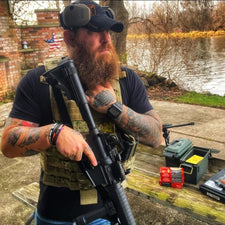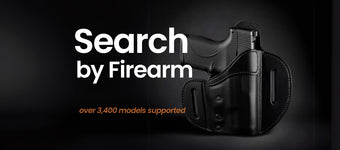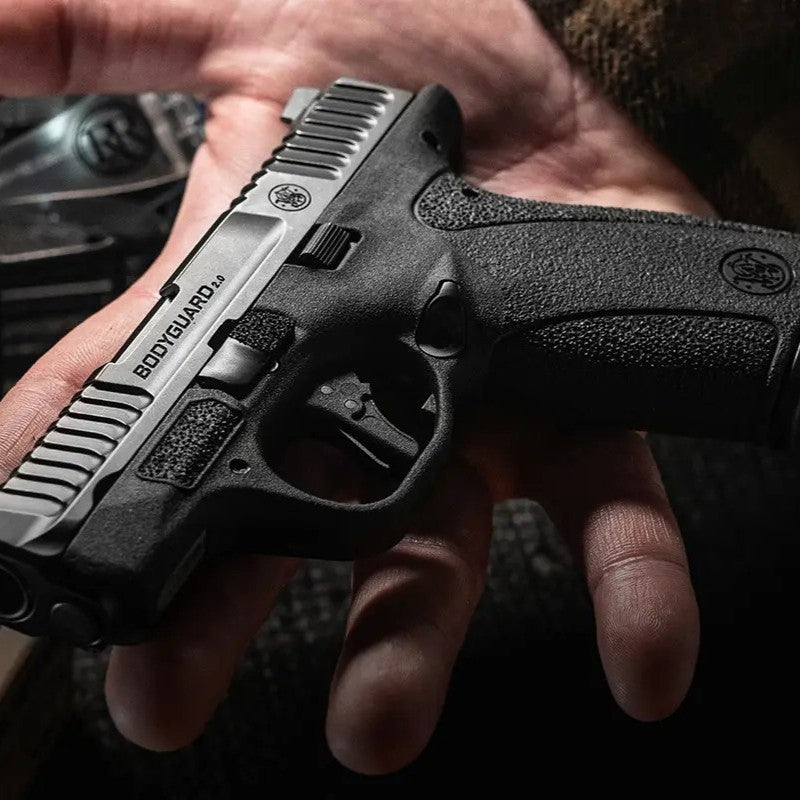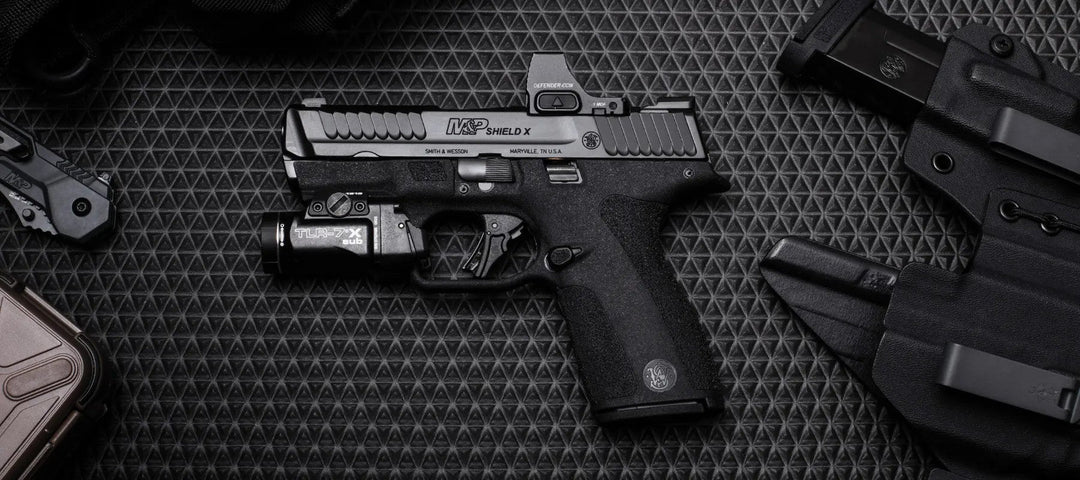Tips for a More Consistent Draw: Building Speed and Confidence
A fast draw is meaningless without consistency. Whether you're training for concealed carry or competition, a more consistent draw starts with mastering fundamentals, refining gear choices, and reinforcing habits through repetition.
What Role Does Grip Consistency Play in a Faster Draw?
The foundation of a smooth draw begins with grip consistency and hand placement. Your hands should find the same position every time—like returning to home row on a keyboard. Practice building a high, firm firing grip from concealment without adjusting post-draw. Inconsistencies here introduce micro-errors that compound under pressure.
How Does Holster Positioning Affect Draw Reliability?
Your holster positioning and selection directly impacts draw efficiency. Appendix carry is ideal for rapid, ergonomic access, but only if the holster’s cant, ride height, and concealment profile match your body type. For serious improvement, invest in purpose-built holsters with adjustable retention and claw systems for appendix carry technique refinement.
Why Are Dry Fire Practice Drills Critical?
You don’t need a range to improve. Incorporate structured dry fire practice drills—like 1-rep draws with a par timer or “draw to first shot” simulations using laser tools. Repetition engrains muscle memory, transforming sloppy mechanics into smooth, efficient motion.
Tips and Tricks:
1. Safety First
- Always treat your firearm as loaded.
- Keep your finger off the trigger until you're on target and ready to shoot.
- Practice with an unloaded firearm or use a dummy gun when training at home.
2. Master Your Grip
- Establish a strong, consistent firing grip while the gun is still in the holster. Don't adjust your grip after drawing—it should be ready to go from the start.
3. Clear Your Cover Garment (for Concealed Carry)
- Use your support hand to sweep or lift your shirt or jacket completely out of the way.
- Practice this motion repeatedly so it becomes smooth and automatic.
4. Practice the Draw Stroke (Step-by-Step)
Here’s a basic 4-step draw process:
- Grip: Establish a firm grip on the firearm while it's in the holster.
- Clear: Pull the gun straight up to clear the holster.
- Rotate: Rotate the muzzle toward the target while bringing the gun up to your chest.
- Extend: Push the gun out to your shooting position, aligning sights on the target.
5. Reholstering Safely
- Scan your surroundings first.
- Slow down—reholstering is not a race.
- Look the gun back into the holster and ensure nothing (like clothing or gear) obstructs the trigger.
6. Consistent Practice
- Dry fire regularly with your actual carry setup.
- Start slow, then increase speed while maintaining control.
- Repetition builds muscle memory and confidence.
7. Train Both Hands
- Practice drawing with your dominant hand but also prepare for off-hand scenarios if you're injured or need to switch.
8. Use Quality Gear
- Ensure your holster fits your firearm securely and covers the trigger guard.
- Use a sturdy gun belt that supports the holster and firearm properly.
Firearms Training Fundamentals: The Core of Draw Consistency
Don’t skip the basics. Stance, balance, and economy of motion are all key firearms training fundamentals. Record yourself to spot inefficiencies and rework your technique. Consistency isn’t luck—it’s the result of disciplined, focused practice.

Richard Calvette
Firearms Expert, Urban Carry Holsters
I've been with Urban Carry Holsters since 2020, proudly serving as the Firearms Expert. Before that, I served 8 years in the United States Marine Corps, including a deployment to Iraq from 2009 to 2010. During my time in the Infantry as a Sergeant, I developed a deep interest in the wide range of firearms we used. It fascinated me to learn why specific weapons were chosen for different missions and roles.Breaking into the firearms industry wasn't easy, but persistence paid off. While attending a trade show, I discovered the Sonoran Desert Institute. That opportunity led me to earn an Associate of Science in Firearms Technology, along with certifications as a Pistol Expert and Range Safety Officer.My passion for firearms continues to grow every day. I'm always learning, always improving, and always striving to bring that knowledge and experience to the work we do here at Urban Carry.





